As we age, our bodies undergo various changes, and our oral health is no exception. One common issue faced by elderly individuals is tooth loss, which can significantly impact their quality of life. Missing teeth can affect chewing, speech, and even self-esteem. However, with modern dental technology, there are several effective options for restoring missing teeth in older adults. This comprehensive guide explores the various methods of dental restoration available for elderly patients, the importance of dental health in later life, and the steps to take for a successful restoration process.

The Importance of Dental Health in Later Life
Maintaining good oral health is crucial at any age, but it becomes even more important as we get older. Poor oral health can lead to systemic issues such as heart disease, diabetes, and respiratory infections. Missing teeth can also cause jawbone deterioration, facial collapse, and difficulty eating a balanced diet, which can further compromise overall health.
Moreover, the emotional and psychological impact of tooth loss should not be underestimated. A complete and healthy smile can boost self-confidence and social well-being, making it easier to engage in daily activities and maintain social connections.
Understanding the Causes of Tooth Loss in Elderly Patients
Several factors contribute to tooth loss in elderly patients, including:
- Periodontal Disease (Gum Disease): This is the most common cause of tooth loss, affecting the gums and bones that support teeth.
- Decay and Cavities: Poor oral hygiene or a diet high in sugars can lead to tooth decay.
- Trauma: Accidents or injuries can result in tooth loss.
- Wear and Tear: Over time, teeth can wear down and become more susceptible to damage.
- Systemic Diseases: Conditions like osteoporosis can weaken the bones supporting teeth.
Options for Dental Restoration
When it comes to restoring missing teeth, elderly patients have several options to choose from, depending on their individual needs and preferences. Here are some of the most popular methods:
- DenturesDentures are removable appliances that replace missing teeth and surrounding tissues. They are made from acrylic resin and can be either partial (replacing some teeth) or complete (replacing all teeth in an arch).Advantages:
- Affordable and widely available.
- Easy to clean and maintain.
- Can be customized to match the patient’s natural teeth and gums.
- May require some adjustment period for comfort.
- Can sometimes affect speech and chewing.
- Need regular replacements or adjustments due to changes in the mouth over time.
- BridgesDental bridges are fixed appliances that fill the gap created by one or more missing teeth. They are anchored to adjacent natural teeth or implants.Advantages:
- Provide a permanent solution.
- Offer a more stable and comfortable fit than dentures.
- Can restore chewing and speaking functions effectively.
- Require alteration of adjacent teeth for support.
- May be more expensive than dentures.
- Regular maintenance and check-ups are necessary.
- Dental ImplantsDental implants are artificial tooth roots made of titanium that are placed into the jawbone to support a restoration such as a crown, bridge, or denture. They are the most advanced and longest-lasting option for tooth replacement.Advantages:
- Offer a strong and stable foundation for restorations.
- Preserve jawbone health and prevent facial collapse.
- Can last a lifetime with proper care.
- Look, feel, and function like natural teeth.
- More invasive and expensive than other options.
- Require a healthy jawbone and sufficient bone density.
- May not be suitable for patients with certain medical conditions or medications.
- All-on-4/All-on-6 Implant-Supported DenturesThis advanced technique involves placing four or six implants in the jawbone to support a full arch of teeth. It is ideal for patients who are missing all or most of their teeth in one arch.Advantages:
- Provide a stable and secure solution for full-arch restoration.
- Minimize the number of implants needed, reducing treatment time and cost.
- Allow for immediate function and esthetics.
- Requires a surgical procedure.
- May not be suitable for patients with severe jawbone atrophy.
- Regular follow-up appointments are necessary.
Choosing the Right Restoration Method
Choosing the right dental restoration method for elderly patients involves several considerations, including:
- Overall Health: Patients’ medical history and current health status play a crucial role in determining the suitability of different restoration options.
- Jawbone Density: Implants require sufficient bone density for successful integration. Patients with jawbone atrophy may need bone grafting or other procedures to prepare for implants.
- Budget: Cost is an important factor for many patients. While implants offer the best long-term results, they are also the most expensive option.
- Lifestyle and Preferences: Patients’ daily routines, dietary habits, and personal preferences should be taken into account. Some patients may prefer the convenience of removable dentures, while others may prioritize the stability and esthetics of implants.
The Restoration Process: From Consultation to Completion
The dental restoration process typically involves several steps, from the initial consultation to the final placement of the restoration. Here’s a general overview:
- Consultation and Evaluation: The dentist will conduct a thorough examination, including x-rays and impressions, to assess the patient’s oral health and determine the best restoration option.
- Treatment Planning: Based on the evaluation, the dentist will develop a personalized treatment plan, outlining the steps, costs, and expected outcomes.
- Preparation: Depending on the chosen method, patients may need to undergo preparatory procedures such as tooth extractions, bone grafting, or sinus lifts.
- Placement: The restoration (denture, bridge, or implant) is placed and adjusted to ensure proper fit and function.
- Follow-Up Care: Regular check-ups and maintenance appointments are essential for the long-term success of any dental restoration. Patients will receive instructions on how to care for their new teeth and appliances.
Maintaining Dental Health After Restoration
Once the restoration process is complete, maintaining good oral health is crucial for the long-term success of the restoration. Elderly patients should:
- Brush and floss their teeth at least twice a day.
- Use an antiseptic mouthwash to reduce plaque and bacteria.
- Avoid hard and sticky foods that can damage restorations.
- Schedule regular dental check-ups and cleanings.
- Address any issues or concerns promptly to prevent further complications.
Conclusion
Tooth loss in elderly patients is a common but manageable issue. With modern dental technology, there are several effective options for restoring missing teeth, each with its own set of advantages and disadvantages. By understanding the causes of tooth loss, exploring the available restoration methods, and choosing the right option based on individual needs and preferences, elderly patients can regain their smile, improve their oral health, and enhance their overall quality of life. With proper care and maintenance, dental restorations can last for many years, allowing patients to enjoy the benefits of a complete and healthy smile.

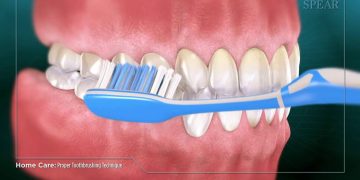
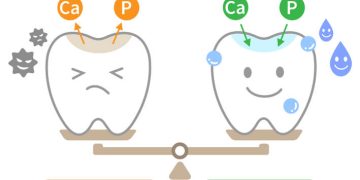
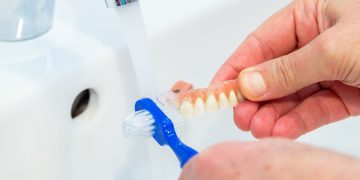




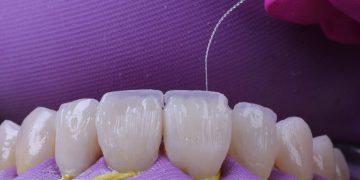
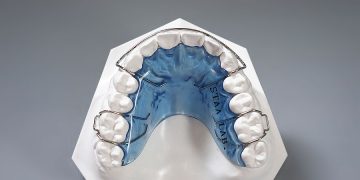

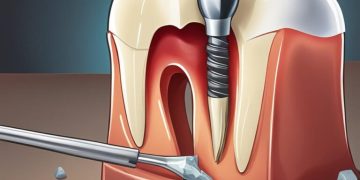
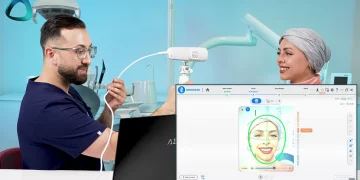
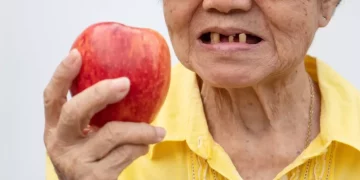

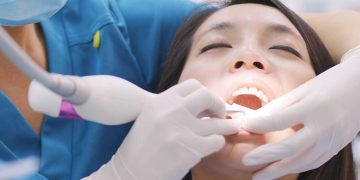

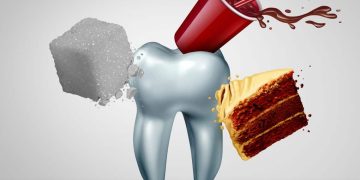







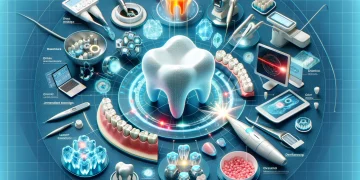





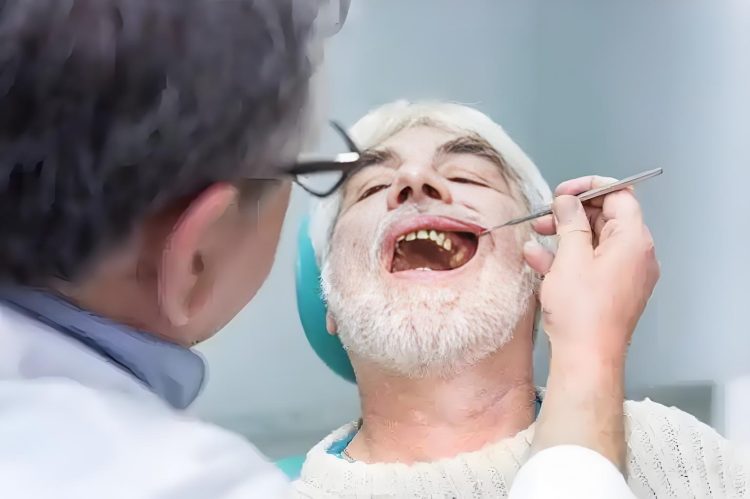













Discussion about this post